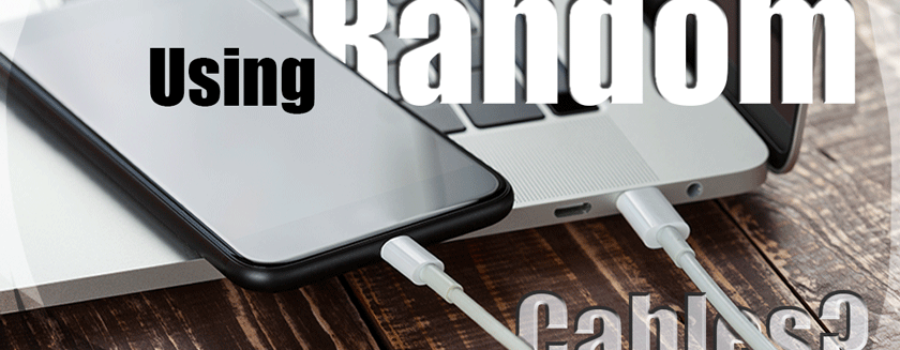Unless you want a hacker to hijack your laptop.
If it looks like a charging cable, smells like a charging cable, and charges up your phone like a charging cable, it must be a charging cable, right?
Well, Kind of. But that doesn’t mean that’s all it is.
Sound sinister? Only because the stakes are so high. The mastermind behind the hack can send phishing emails (or worse) right to your screen with a wireless connection and close proximity.
Sound sinister? Only because the stakes are so high. The mastermind behind the hack can send phishing emails (or worse) right to your screen with a wireless connection and close proximity.
Lorrie Faith Cranor, director of CyLab—the privacy and security research center on Carnegie Mellon University’s Pittsburgh campus—says these sorts of hardware threats are commonly showcased at DEF CON, the long-running underground hacking conference, but that shouldn’t be a reason to start freaking out.
“We don’t see them as much in the wild because they require physical proximity to deploy,” Cranor tells Popular Mechanics. “But dropping infected thumb drives in parking lots and installing skimmers on credit card readers is something that definitely happens.”
Your best bet: Buy a bundle of charging cords on Amazon for a cool $15. And if you see a free charging cable left on a table at Starbucks, don’t touch it with a five-foot stick. Better just burn it.
More Information: Popular Mechanics








